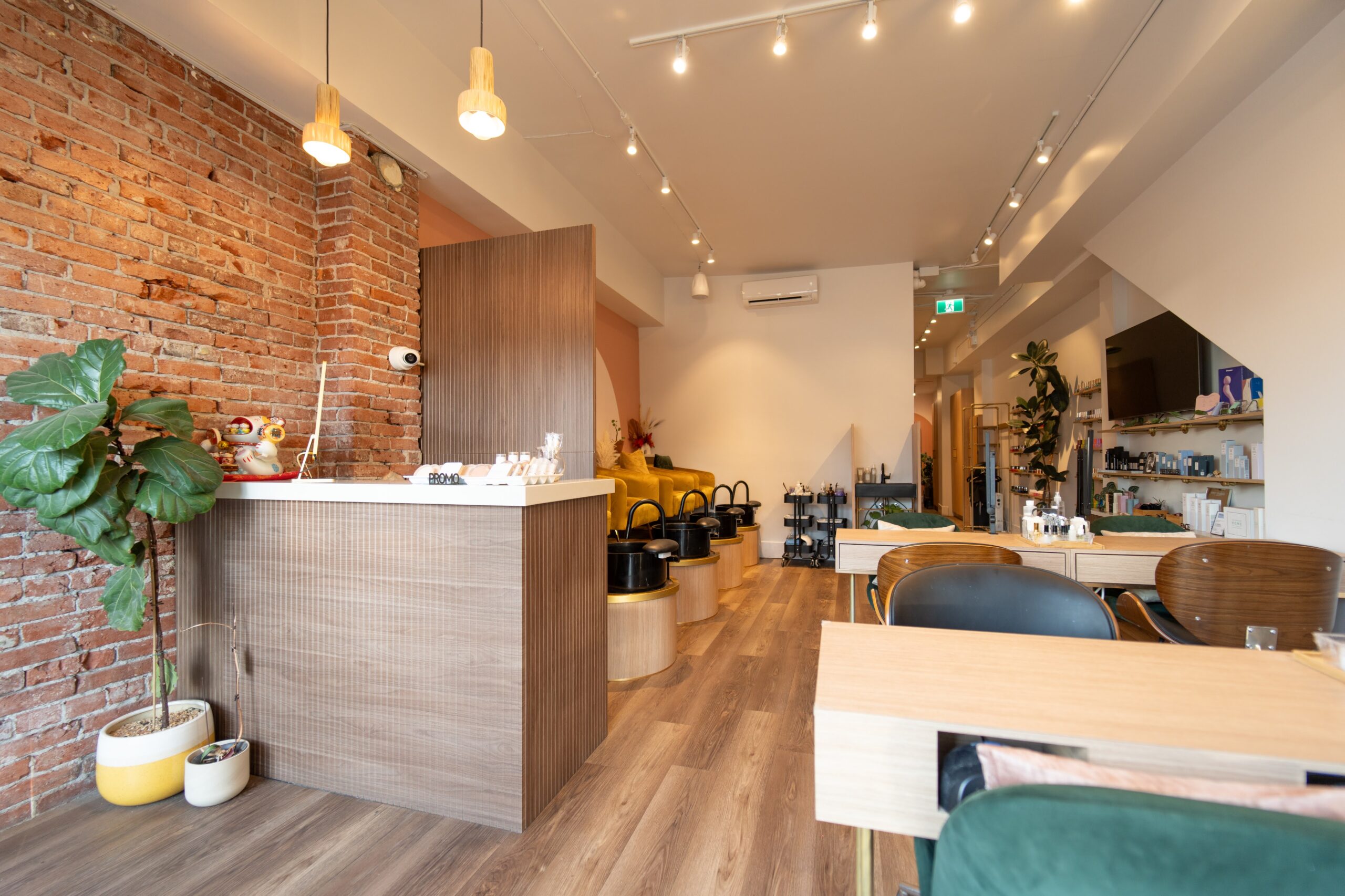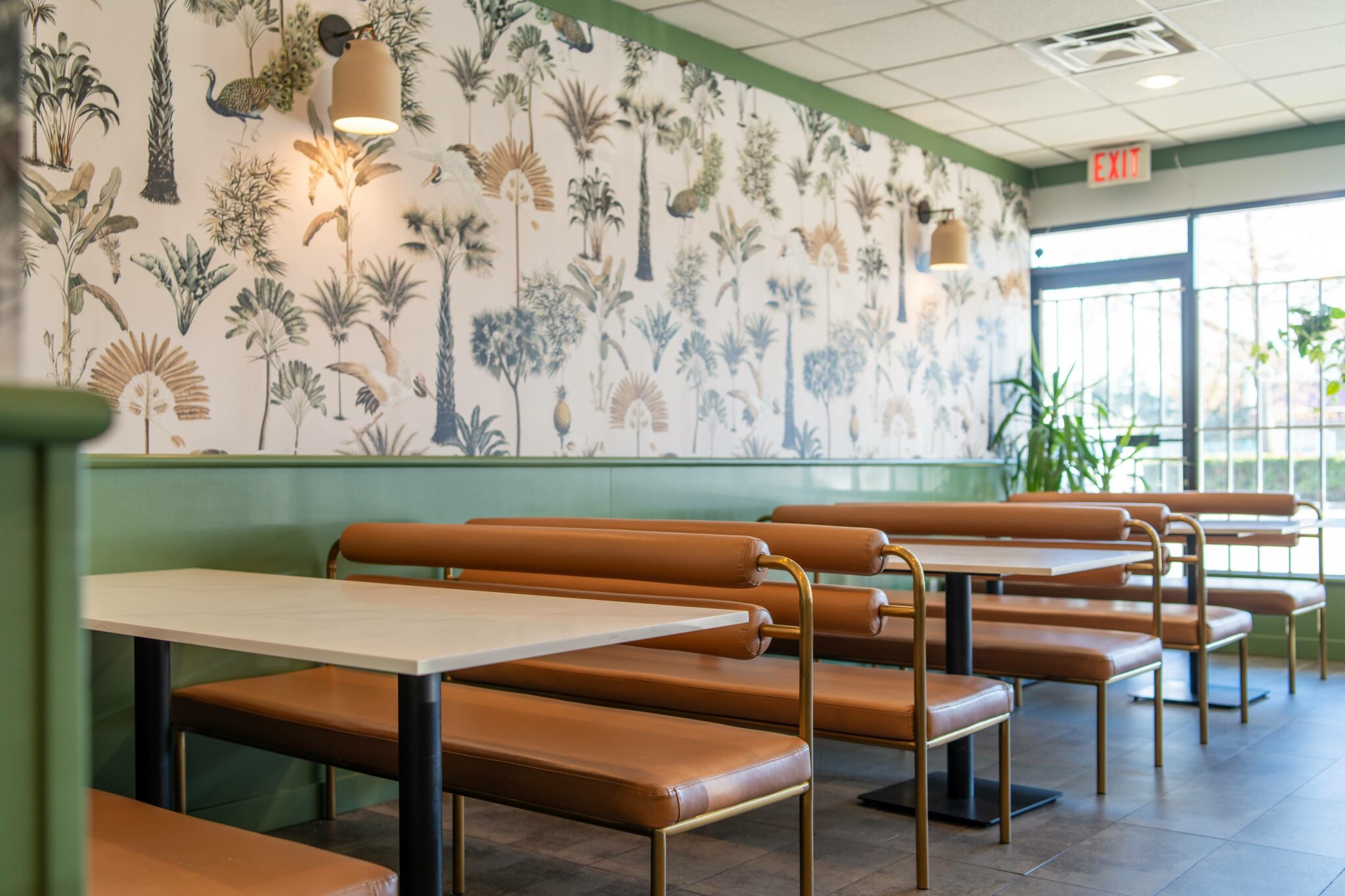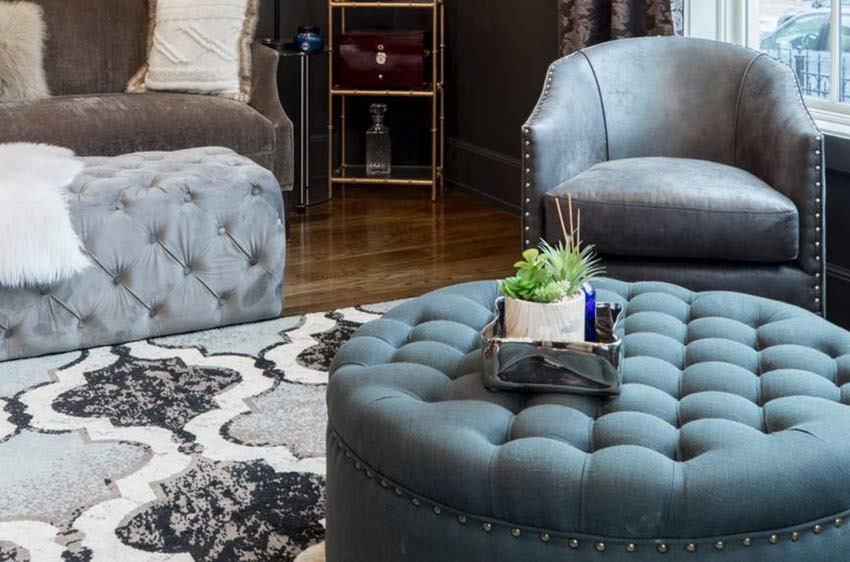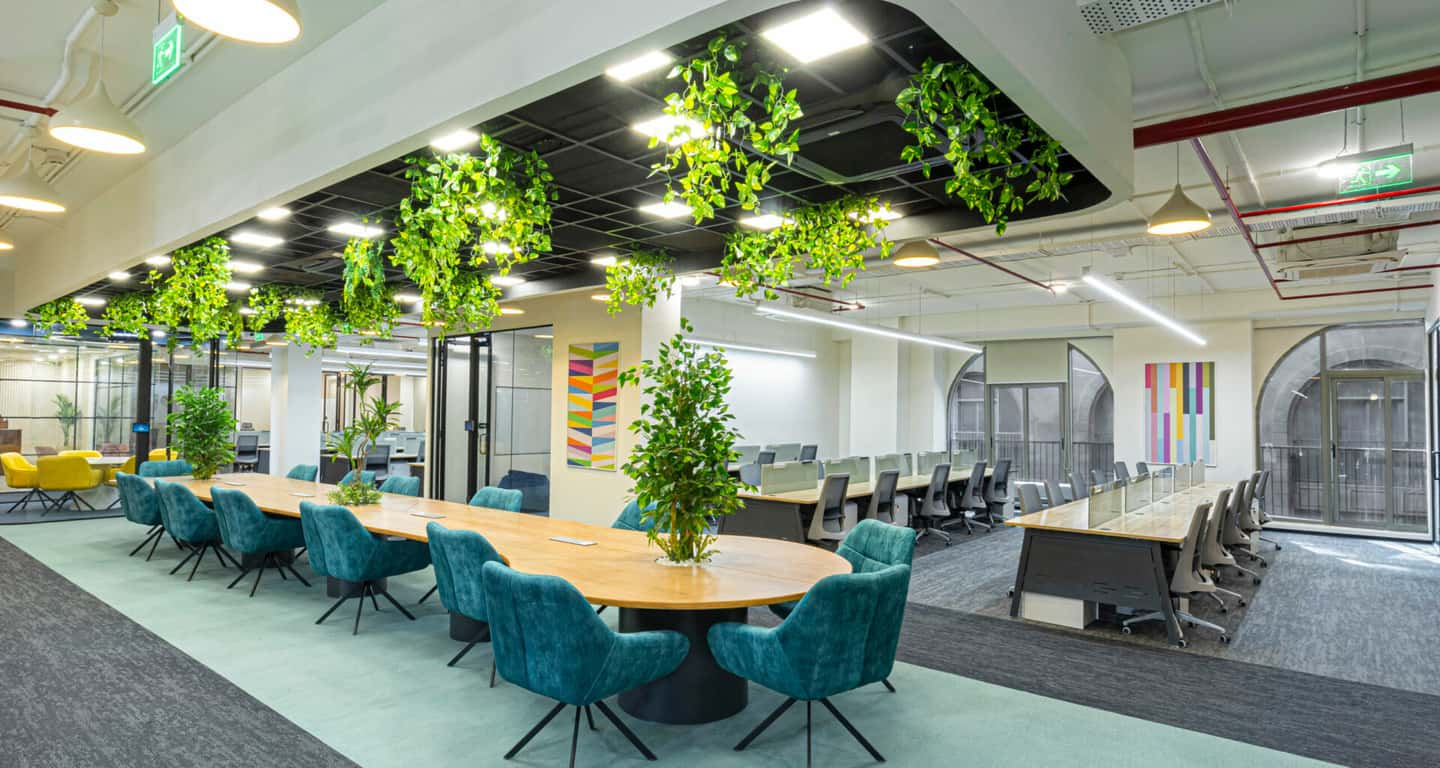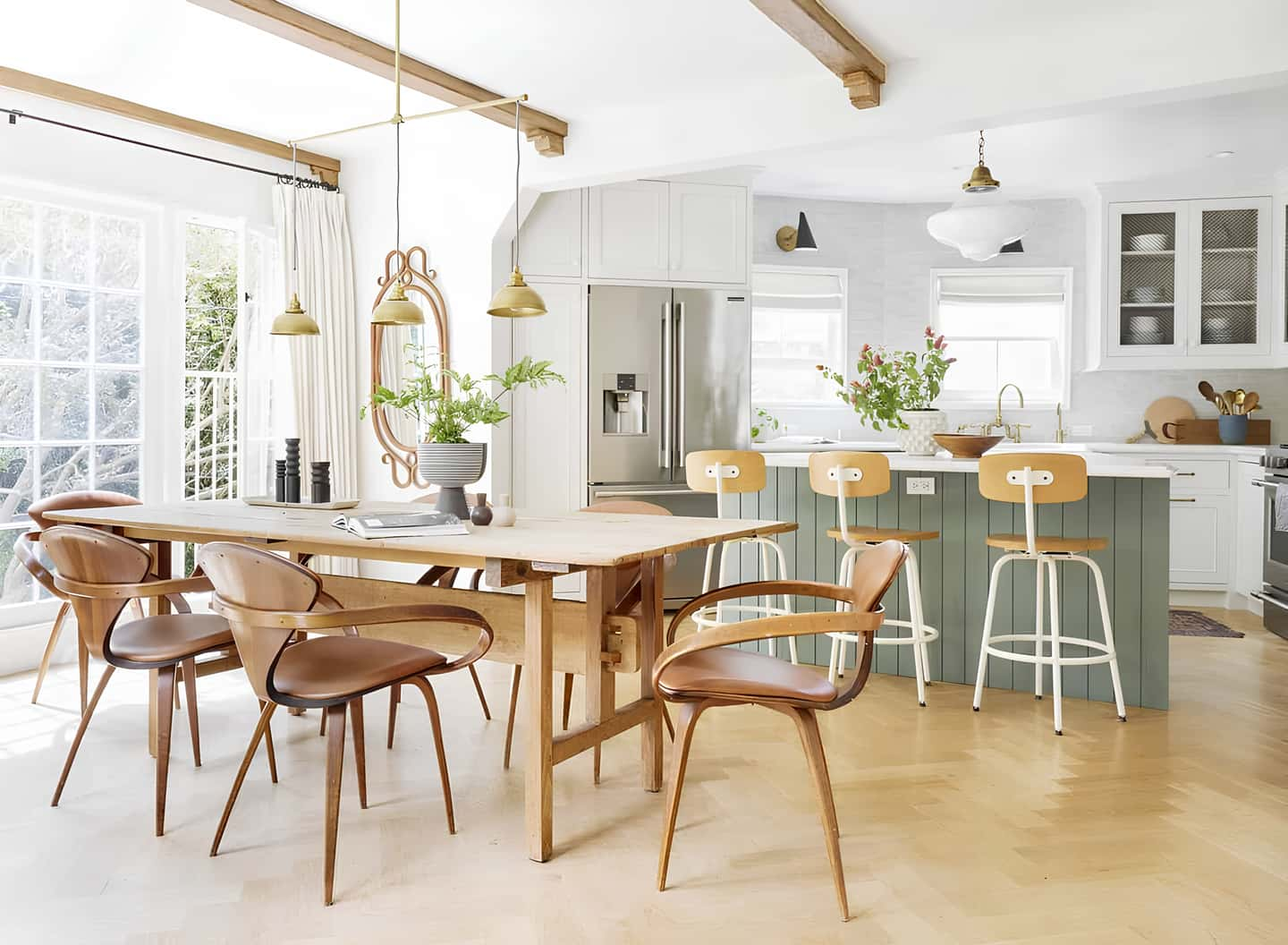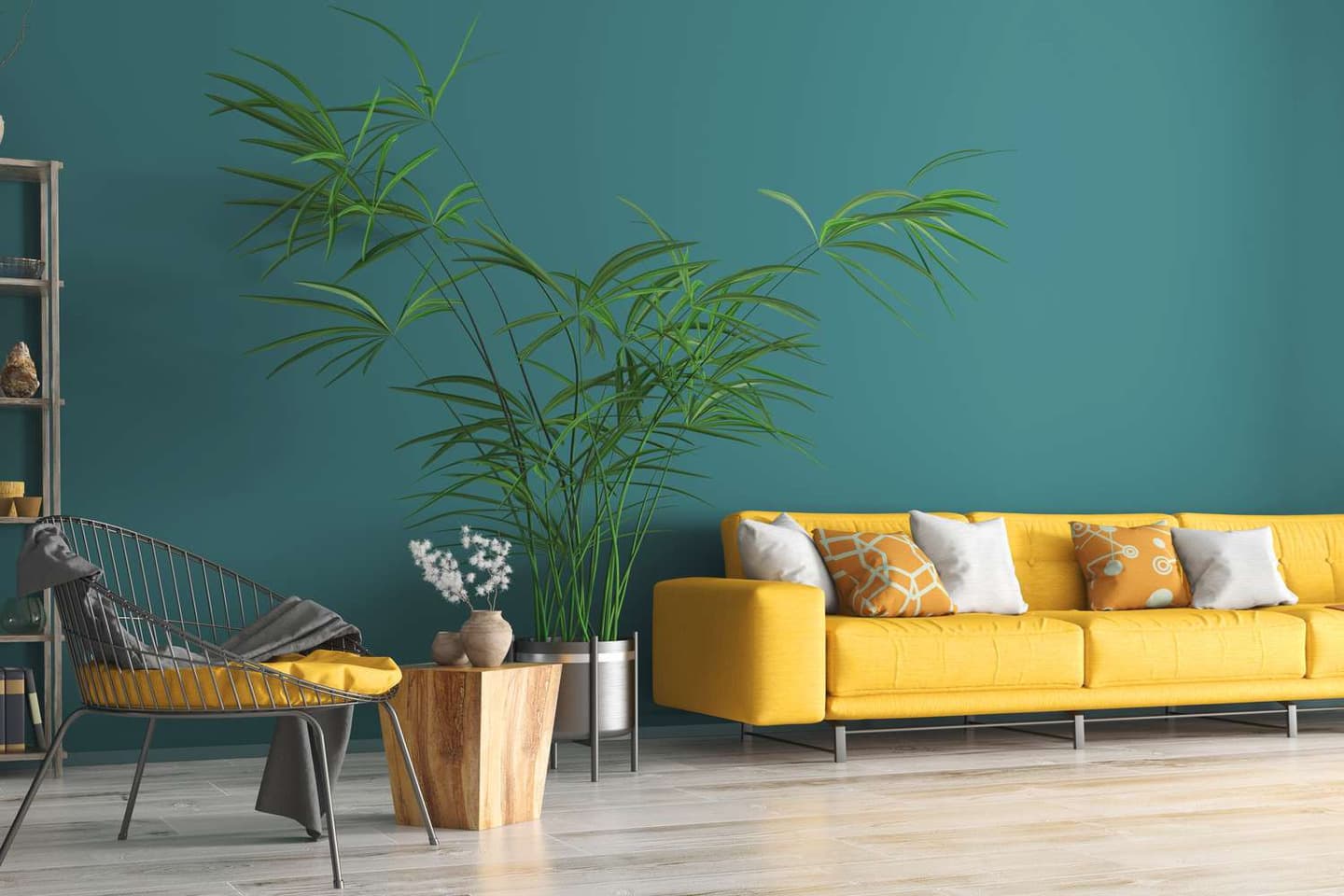Creating a unified design plan across your house can seem like a difficult endeavor, but with a few essential ideas in mind, you can transform your place into a stunningly harmonious sanctuary. As an interior designer with years of experience, I’ve assisted countless clients in creating a sense of unity and flow in their homes. Today, I’m delighted to share my best tips and tactics for establishing a unified design scheme that reflects your individual style and personality.
Design Aesthetic
First and foremost, determine your personal design aesthetic. Spend some time looking through interior design periodicals, websites, and social media platforms for inspiration. Create a mood board or store photographs that speak to you, then look for common threads between them. Are you drawn to warm, earthy tones or chilly, clean colors? Do you favor minimalist, modern designs or comfortable, vintage-inspired pieces? Once you’ve identified your style, it’s much easier to create design selections that feel true and harmonious.
Creating a color palette
Creating a color palette is one of the most effective techniques to achieve a unified design plan. Choose a few key colors that you enjoy and that complement one another well. To achieve a sense of continuity, apply these colors in varied tones and quantities throughout your home. For example, if you enjoy the soothing combination of blue and green, you could paint your living room walls in a gentle sage green and add navy blue accents with throw cushions, drapes, and artwork. In your bedroom, you may paint the walls a richer, more saturated green and add blue accents with bedding and ornamental accessories. By repeating these colors in various ways around your home, you create a visual thread that connects everything together.
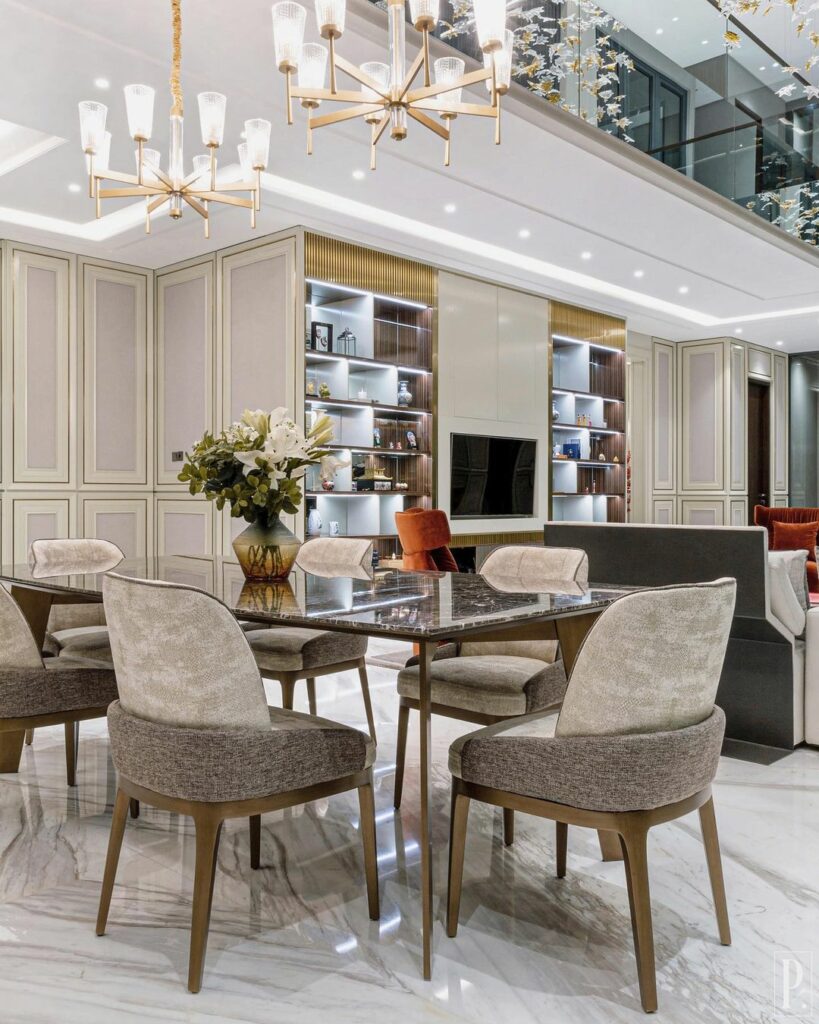
Texture is another important component in developing a coherent design scheme. Using a range of textures adds depth, interest, and tactile appeal to your room. Mix and match materials such as wood, metal, glass, and fabric to achieve a layered, inviting appearance. For example, you may combine a sleek, modern sofa with a rustic, reclaimed wood coffee table and a velvety wool rug. By blending various textures, you may get a sense of balance and harmony that is both fashionable and comfortable.
Furniture
When it comes to furniture, it’s critical to select items with a consistent design language. This does not imply that every item must match perfectly, but simply that they should have a similar style or age. If you like mid-century modern style, seek for furniture with clean lines, tapered legs, and geometric patterns. By choosing furniture that reflects your preferred style, you establish a coherent base upon which you may add accessories and decor.
Lighting
Lighting is another important component in achieving a cohesive design plan. The appropriate lighting can set the tone, accentuate significant features, and create a feeling of warmth and intimacy in your house. Consider combining ceiling lighting, table lamps, and floor lamps to create a layered, inviting atmosphere.Choose light fixtures that fit your overall design aesthetic, whether it’s sleek and modern or ornate and historic. By paying attention to your lighting selections, you may achieve a coherent image that is intentional and well-designed.
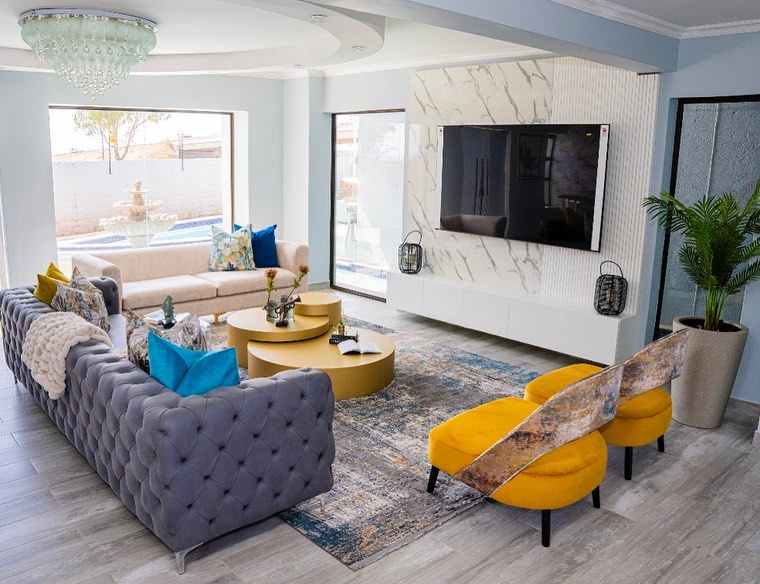
Accessories and decor
Accessories and decor are the finishing touches that may truly tie your design plan together. Choose pieces that reflect your personal style and are consistent with your color palette and general appeal. For example, if you enjoy boho style, use textiles with bright patterns, woven baskets, and plants to create a relaxed, diverse atmosphere. If you like a more minimalist style, choose simple, streamlined accessories in neutral colors. The goal is to select pieces that seem real to you and add to the overall coherence of your space.
Another crucial part of developing a coherent design plan is to think about the flow and layout of your home. Each room should feel connected to the next, with a smooth transition from one space to the next. One approach to accomplish this is to install comparable flooring throughout your home, such as hardwood or tile. This adds a sense of continuity and makes your area appear larger and more open. If you have an open floor plan, employ furniture arrangement and area rugs to delineate each section while still allowing for flow.
Repetition
Repetition is another effective method for developing a coherent design scheme. By repeating specific aspects throughout your home, you may achieve a sense of unity and consistency. This might be as simple as utilizing the same hardware finish on your kitchen cabinets and bathroom vanity, or implementing a certain pattern or motif into other spaces. For example, if you enjoy the design of Moroccan tiles, you could use them as a backsplash in your kitchen and then repeat the pattern in a throw pillow or piece of artwork in your living room. By repeating these features in subtle ways, you may achieve a coherent style that feels planned and well-designed.
When it comes to constructing a consistent design plan, you should also edit and curate your stuff. Too much clutter or too many distinct elements might make your home appear disorganized and fragmented. Examine each space carefully and determine whether everything actually belongs and contributes to the overall style. Don’t be scared to get rid of goods that no longer serve you or don’t match your preferred style. By being selective about what you keep and what you discard, you can create an environment that seems curated, harmonious, and authentic to you.
remember to incorporate your own personality and distinctive style into your design strategy. Your home should represent who you are and what you enjoy. Include items that have personal importance to you, such as a piece of artwork you created, a family heirloom, or a souvenir from a trip. By incorporating these personal elements, you can create an environment that is genuine and uniquely yours.
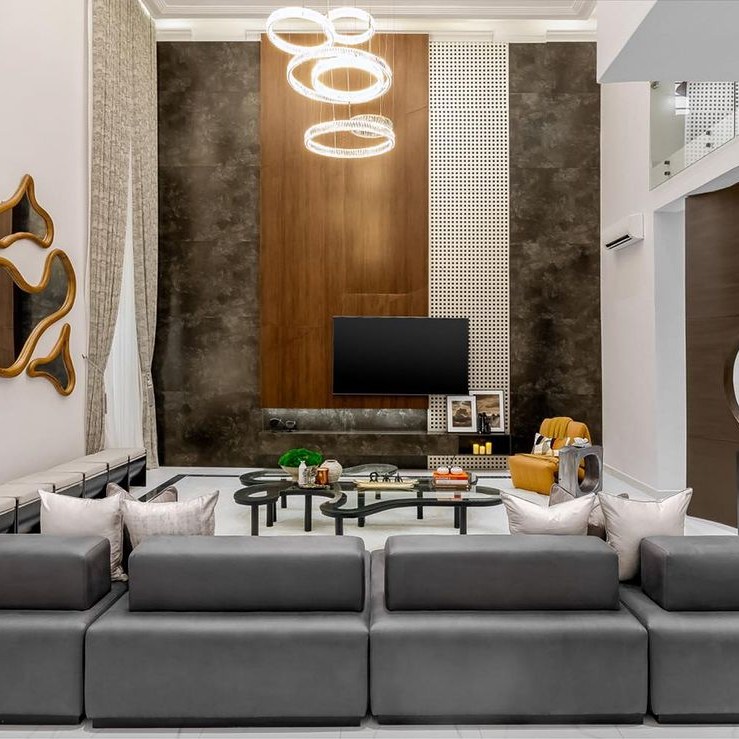
Developing a cohesive design scheme
Finally, developing a cohesive design scheme requires being thoughtful, consistent, and loyal to your personal style. You can create a place that feels harmonious, inviting, and distinctively you by setting a color palette, introducing texture, selecting furniture and accessories that reflect your taste, and taking into account the flow and structure of your home. Remember that designing your home is an ongoing process that may take some time to perfect. However, by following these guidelines and trusting your intuition, you may design a stunningly unified house that you’ll enjoy for years to come.

I am a design enthusiast that loves writing about the latest trends and style when it comes to commercial and residential interior design. I also love architecture and buildings.

